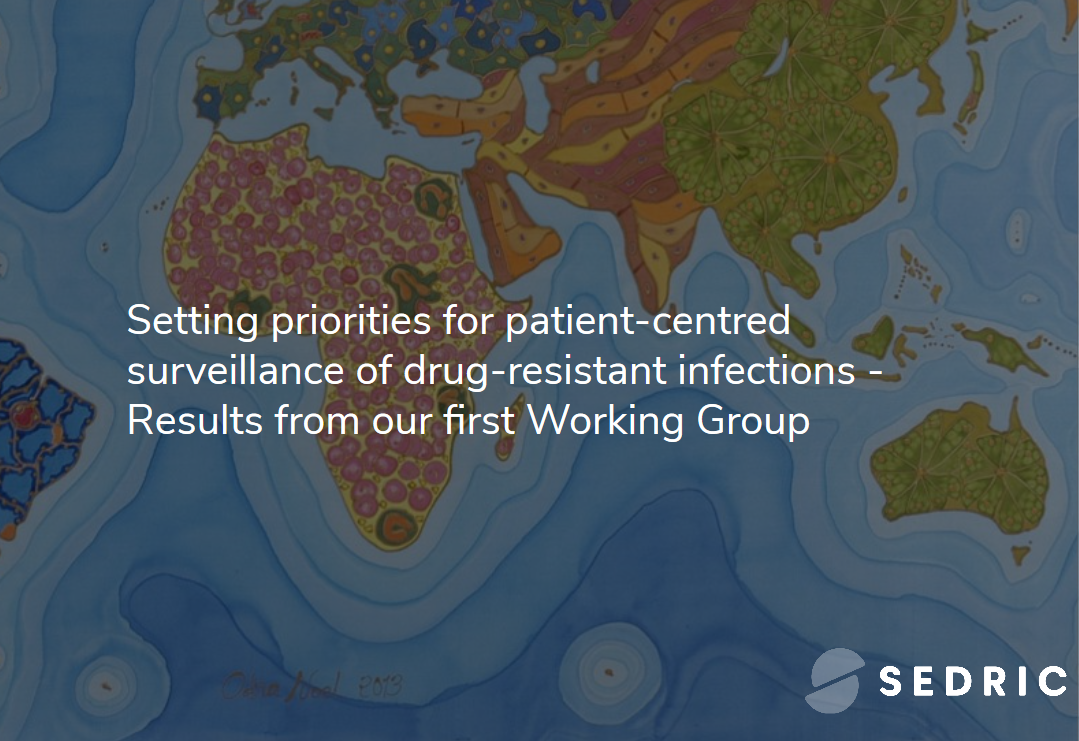
Robust clinical and microbiology data are key to quantify the burden of Antimicrobial Resistance (AMR) and help us deliver better treatment options for patients. Yet, their availability is still limited, especially in low-and middle- income countries (LMIC). SEDRIC’s first working group launched a global survey in a bid to identify the barriers that doctors encounter in their day-to-day practice when they need to diagnose and treat patients with drug resistant infections.
The group has identified key research priorities where funding should be invested. Here are the top three recommendations.
- INFECTION PREVENTION AND CONTROL
There are still significant knowledge gaps in this area because most approaches implemented in high income settings are simply not feasible in low resource contexts. This is particularly important for healthcare associate infections. If we can quantify the problem, then we can design ad-hoc interventions to halt the transmission of resistant infections in these settings.
2. PATIENT MANAGEMENT SYSTEMS
Patient records in LIMCs are often captured poorly and frequently rely on paper-based systems. In the short term, there are steps we can take to improve and support data collection and sharing. For istance, developing an open access Laboratory Information Management System (LMIS) is definetely achievable. In the long term, if data could be more easily available across hospitals and nations, we would be able to quantify the burden of drug resistant infections in real time and take immediate steps to control them.
3. DIAGNOSTIC STEWARDSHIP
Behaviour change among clinicians is a priority in the global action plan agaisnt AMR. However, much of the work in this field has been focusing on prescriber behaviour. More can be done to promote better diagnostic stewardship and how clinicians use available tools. If we can diagnose drug resistant infections, we can start the most appropriate treatment sooner and improve patient outcomes. This recommendation has informed a project aimed at understanding the barriers in the uptake of blood culture as a diagnostic tool in low-income countries.
To read more about this work you can access the full paper here